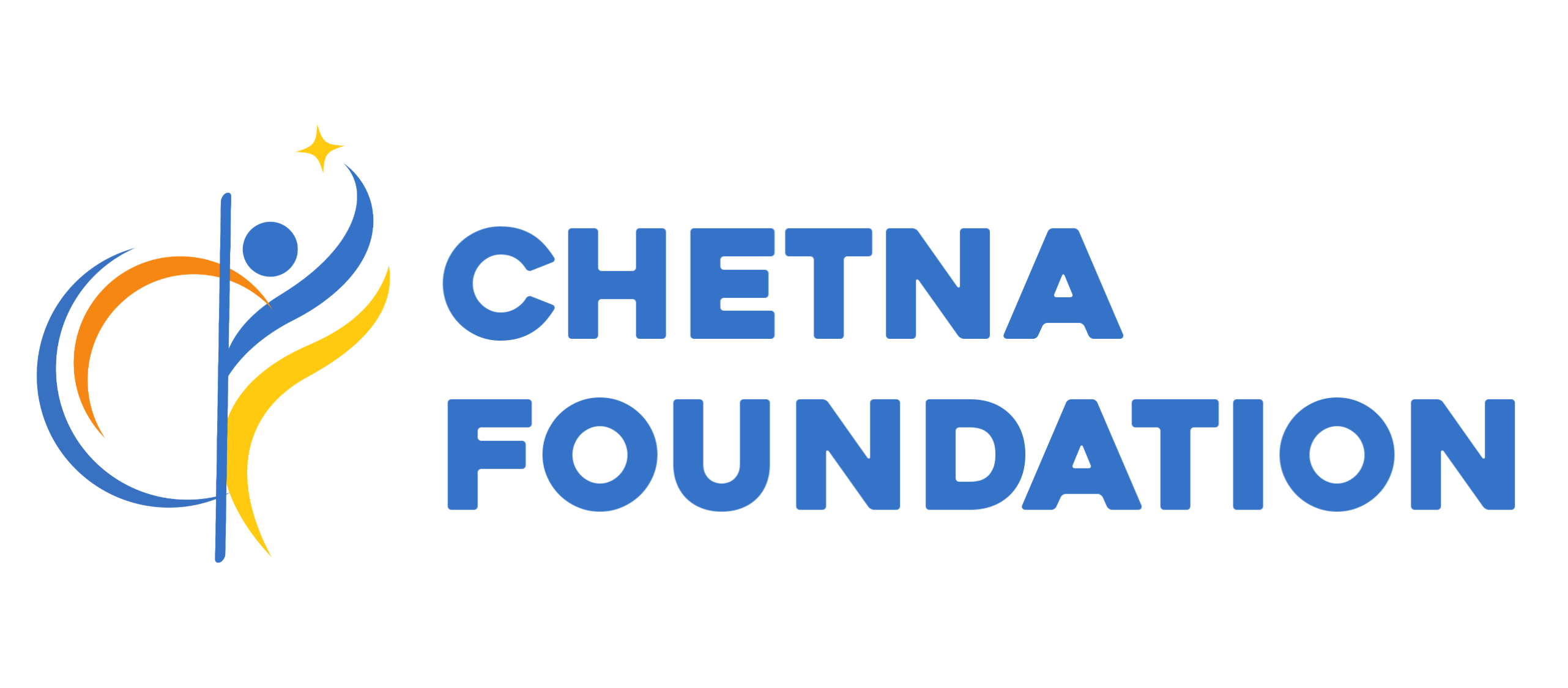
Meet Dr. Santosh Kumar: Expert in Paediatric Occupational Therapy (OT)
When searching for the Best Occupational Therapist for your child, you need a specialist with unmatched, proven expertise. At the Chetna Foundation, our highly-regarded Paediatric









